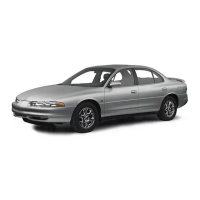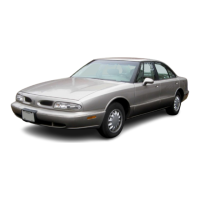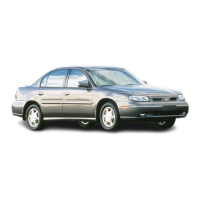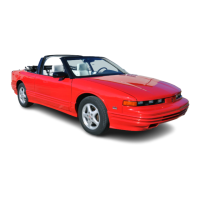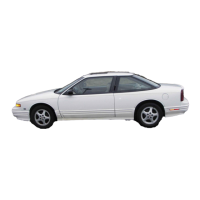I
A
vehicle can fall from
a
car carrier
if
it isn’t
adequately secured. This can cause a collision,
serious personal injury and vehicle damage. The
vehicle should be tightly secured with chains or
steel cables before it is transported.
Don’t use substitutes (ropes, leather straps,
canvas webbing, etc.) that can be cut by sharp
edges underneath the towed vehicle.
Always
use
T-hooks inserted in the T-hook slots. Never use
J-hooks. They will damage drivetrain and
suspension components.
When your vehicle
is
being towed, have the ignition
key
turned
to
the
OFF
position. The steering wheel should
be clamped in a straight-ahead position, with a clamping
device designed for towing service.
Do
not use the
vehicle’s steering column lock for this. For front towing,
the transaxle should be in
PARK
(P)
and the parking
brake released. For rear towing, the transaxle should be
in
NEUTRAL
(N)
and the parking brake engaged.
Don’t have your vehicle towed on
the
drive wheels,
unless you must.
If
the vehicle must be towed on the
drive wheels, be sure to follow the speed and distance
restrictions later in this section
or
your transaxle will be
damaged. If these limitations must be exceeded, then the
drive wheels have to be supported on
a
dolly.
5-10
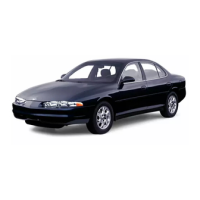
